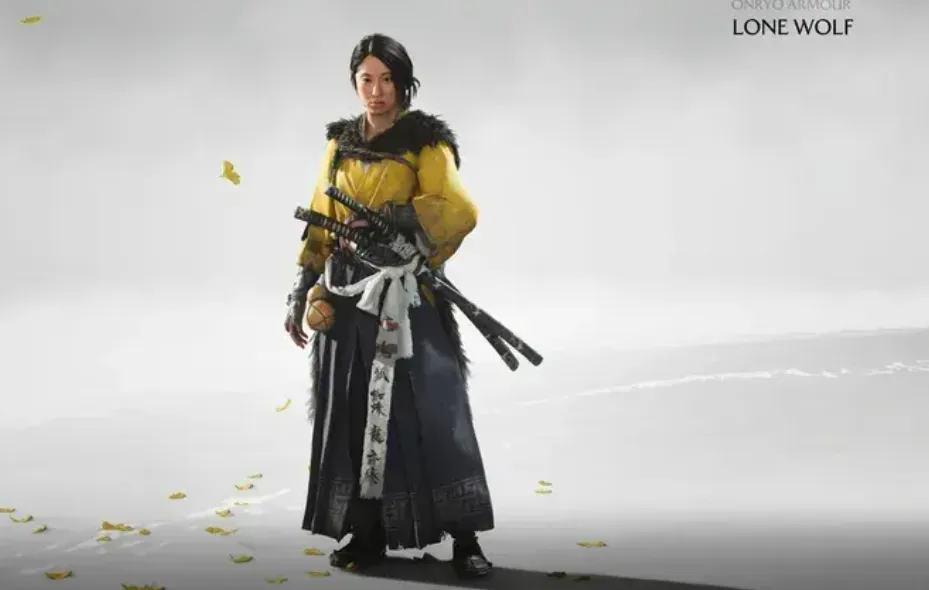“Transmog” usually means wearing one armor for its stats while making it look like another. In Ghost of Yōtei, that system isn’t in the game at launch. Armor perks remain tied to their specific sets, and you can’t mix individual pieces from different sets.
What “no transmog” means in practice
Ghost of Yōtei follows the same philosophy as Tsushima: the identity of a set (its look and its perks) is intentional. Perks push you toward a playstyle — stealth, standoffs, or resource-heavy brawling — and each set visually telegraphs that identity. You can swap between full sets any time you’re preparing for a fight or setting out to explore, but you can’t layer the look of one on top of another, and you can’t cherry-pick a helmet from Set A and a cuirass from Set B.
Put simply: if you love a set’s perks, you’ll be wearing its silhouette. If you love a set’s look, you’ll be accepting its perk package.
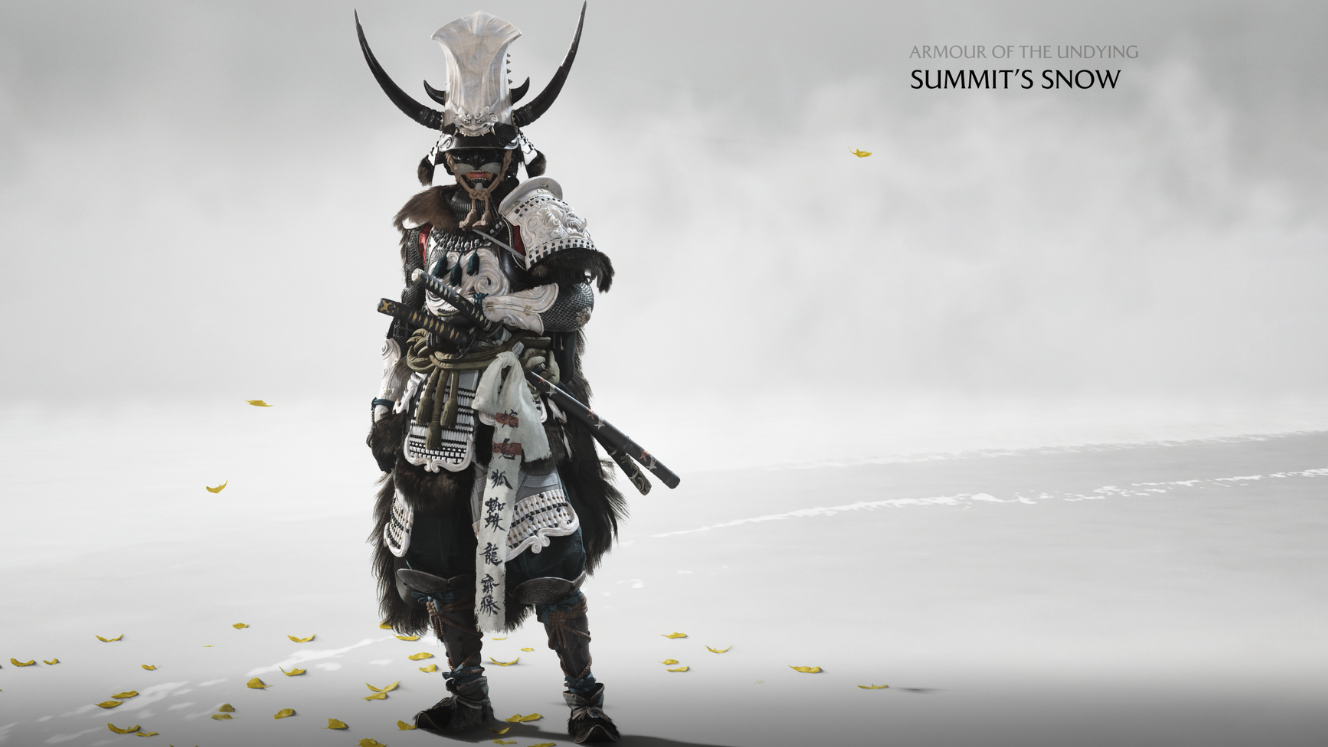
Customization you do get
Transmog is out, but Ghost of Yōtei still gives plenty of room to shape how you play and how the game presents itself:
- Armor sets define your build: perks are described in plain terms (minor/major effects rather than numbers) and lean you into a role without turning the game into a loot spreadsheet.
- Charms and gear selection still matter: you can lean into assassination tools, resource economy, or durability, depending on where you’re headed.
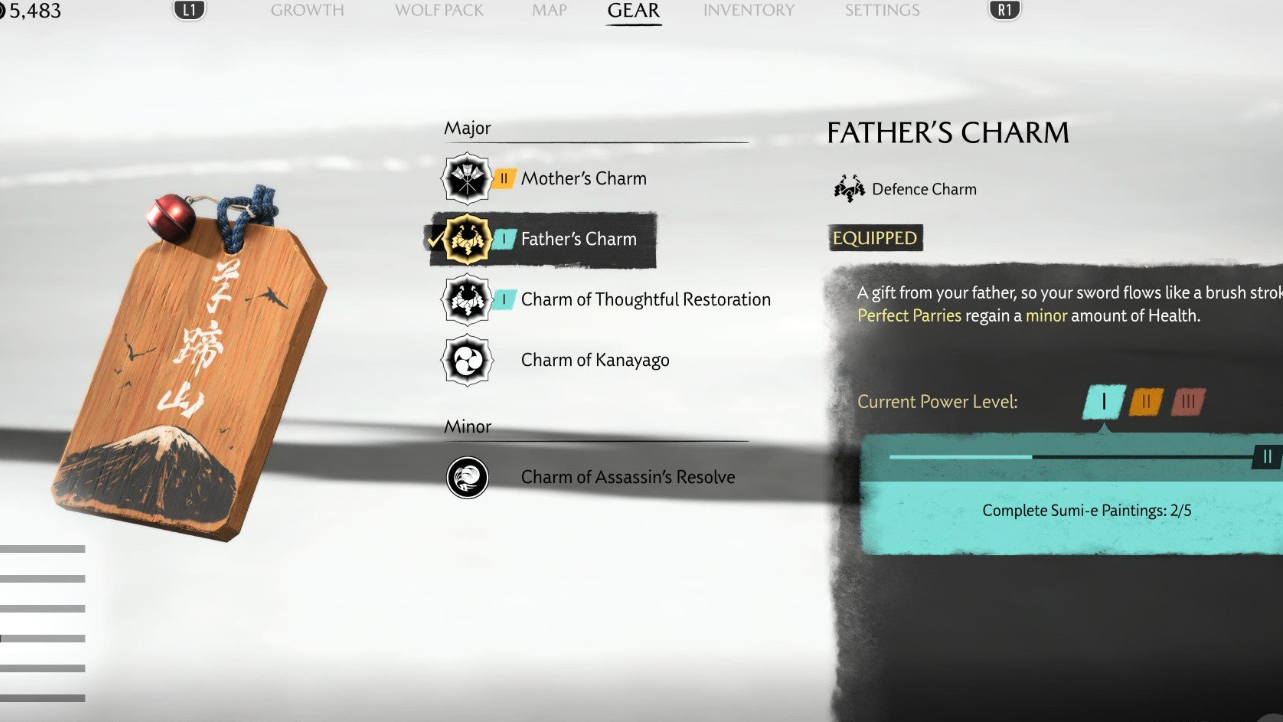
- Presentation modes change the vibe: Kurosawa Mode returns in stark black-and-white; Miike Mode brings a grittier combat camera and heavier blood; Watanabe Mode swaps in a curated lo‑fi/hip‑hop soundtrack for roaming and combat. These modes don’t affect stats, only the audiovisual feel.

Why the game ties perks to sets
Yōtei’s armor design treats each set as a cohesive statement. The approach has upsides:
- Readability: what Atsu wears signals her intent; enemies, biomes, and the camera framing all play off that visual language.
- Frictionless choices: no number-chasing or micro-optimizing dozens of slots; you pick a role and go.
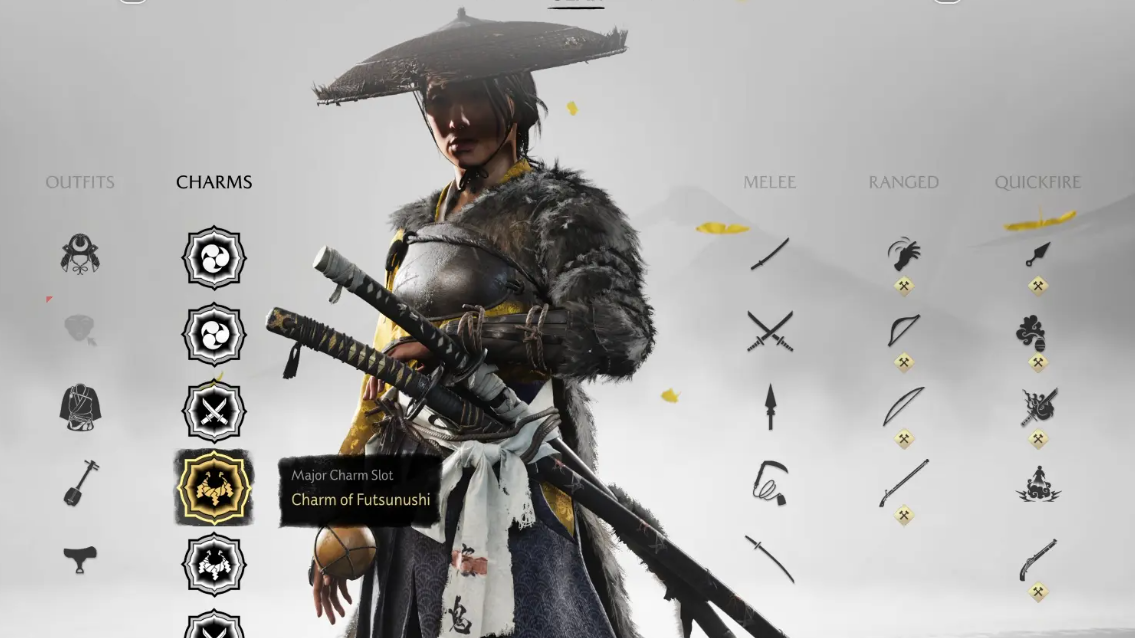
The tradeoff is obvious: you can’t decouple form from function. That’s by design.
Common misconceptions
- “Tailor your look” does not equal transmog. Marketing highlights new gear and charms to shape your build and appearance within the set system; it doesn’t imply you can skin one set over another.
- Mix-and-match isn’t partial transmog. Yōtei doesn’t let you equip, for example, a specific helmet from one set and a chest piece from another to stack perks visually or mechanically.
Quick reference: what you can and can’t change
| Customization option | Status at launch | Notes |
|---|---|---|
| Full armor transmog (skin one set over another) | No | Perks stay bound to the set you wear; visuals don’t override across sets. |
| Mix-and-match armor pieces across sets | No | Sets are worn as complete looks; no cross-set piece swapping. |
| Armor-driven builds | Yes | Perks are clearly labeled (minor/major), nudging stealth, standoff, or scrappy tool use. |
| Charm and gear tuning | Yes | Adjust tools and passives around your chosen set to emphasize a playstyle. |
| Director presentation modes | Yes | Kurosawa (B&W), Miike (grittier camera/effects), Watanabe (music swap); visual/audio only. |
If you care most about style
Pick the set you like and lean into its strengths. Yōtei isn’t numbers-driven; the ceiling on most perks is moderate, not build-breaking. That makes wearing the look you prefer a viable choice for most of the open world, with only the toughest encounters asking you to switch into a more specialized set.
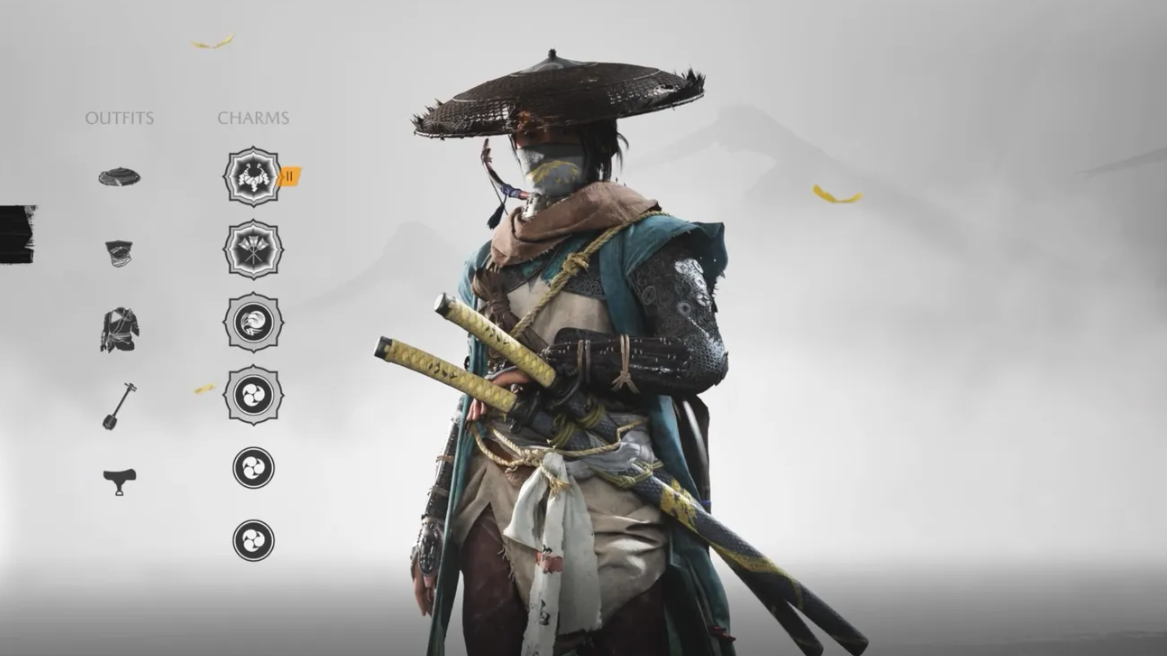
What about later updates or New Game Plus?
There’s no in-game transmog system at launch, and there’s no announcement committing to one. If that ever changes, it would sit alongside (not replace) the game’s core identity of set-tied perks.
The takeaway: Ghost of Yōtei doesn’t let you separate armor stats from armor looks. Instead, it asks you to embrace a set’s identity — and then uses charms, tools, and presentation modes to let you express how you want to play and how you want the world to feel, without turning the wardrobe into a spreadsheet.

